
Brand Essence: What Is It and 5 Examples to Create Your Own!
Last update: 17 November 2023 at 03:09 pm
Describing your brand is nothing new in the world of business. With it, companies try to make clear what it is they stand for.
Brand descriptions usually come about after spirited internal discussions. Despite this fact, it happens that not much is done with these descriptions. They also do not contribute to attracting new customers. Do you wonder why? Then you should take a look at the aspect of brand essence!
What Is Brand Essence?
You’ll find that brand essence is an important part of your brand identity. You can also think of it as the core of your brand. It is tangible and visible in every part of your brand.
Powerful brand essence is often summarized in a few words. With that, you also express the raison d’être of your brand. This depends on the brand values and positioning of your brand.
Brand essence also stands for a company’s mission. Often enough, this is a powerful text that stems from the brand positioning and brand values. So it has to do with the core of your organization. You’ll find that brand essence is not something to be argued about. It is usually timeless and can be directly translated to the zeitgeist we live in.
A strong brand essence answers to you what you do and in what field you operate. It tells people how you operate and in what field your brand can be placed. It also gives your brand a right to exist and lets people know exactly what your brand stands for.
Importance of Brand Essence
Brand essence is crucial for an organization or company and can be seen everywhere. To the outside world, brand essence ensures recognition of your brand.
In addition, it also offers you a lot of support. It is comparable to the branding of your business and is a means to test everything related to your brand and the choices you make against it. You can use your brand identity for that.
You can also see brand essence as the thread of your company and shows what makes your brand unique. In terms of communication, it ensures that an unambiguous story can be told in both internal and external communication. In doing so, it seeks to have as much positive impact as possible on people’s choices and make connections.
Competitive Advantage
Brand essence also gives you a competitive advantage. This is because you can market your brand where it stands out from other similar brands or products positively.
Gain trust
A strong brand essence also gives you the opportunity to gain the trust of potential buyers through words. With a strong brand essence, you can inform potential buyers and get them interested in your brand.
Tips for Refining Your Brand Essence
It is best to regularly refine your brand essence not only to stay in line with the current zeitgeist but also to establish a strong brand identity. This ensures a clear brand identity and allows you to bring strong brands to the market.
It offers answers to questions that can come up in strategic sessions. Think about questions like what is the relevance of your brand, what drives the organization, what the organization think it can do to make a difference, and more.
There you’ll see why it’s necessary to refine your brand essence from time to time. In doing so, look at the key brand values and how they are ranked. Developing it means that at some point you need to be able to articulate what you, as a brand, mean to others.
Are you |
Discover the most relevant agencies for your project based on your own specific requirements.
Find an agency!Five Brand Essence Examples to Inspire Your Team
If you do a search on the Internet, you will come across a number of examples of brand essence and their positive impact on people.
Here are some clear examples:
Coolblue
Anything for a smile.

Volvo
Safety.
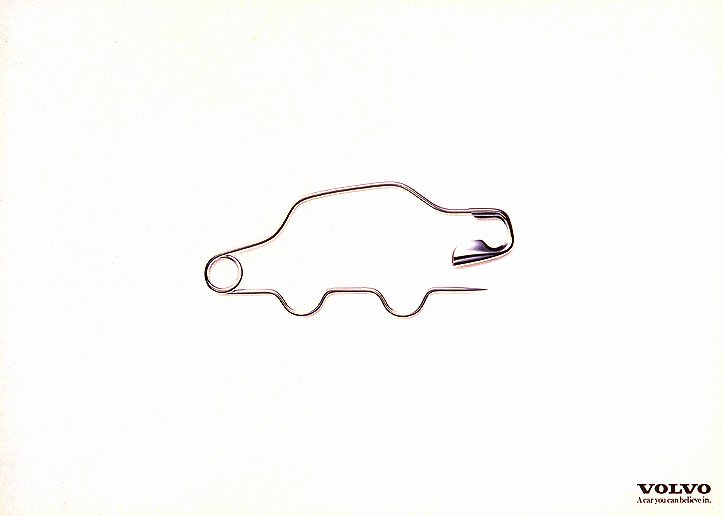
Heineken
Enjoy Heineken Responsibly.
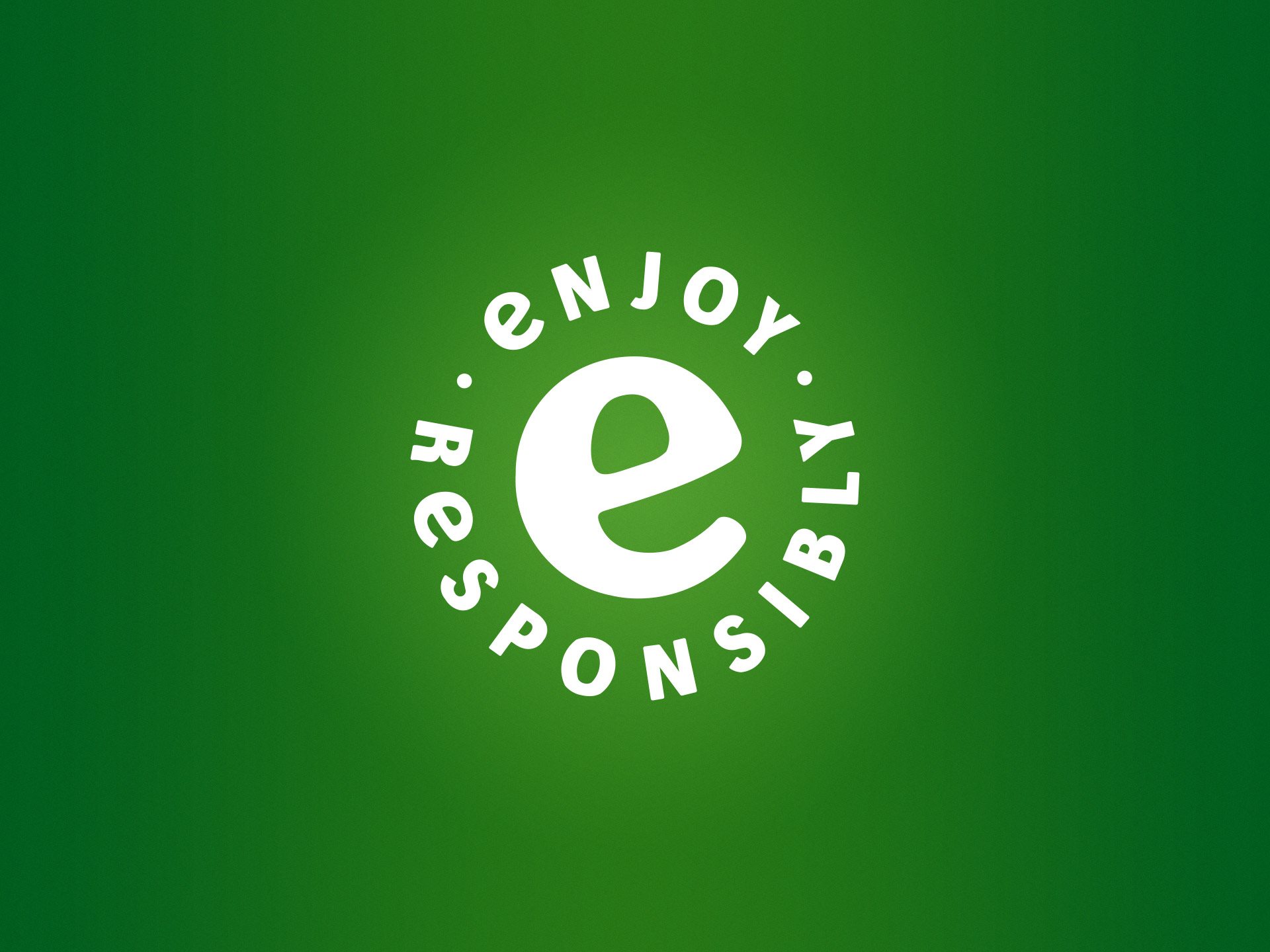
Dove
Real beauty.
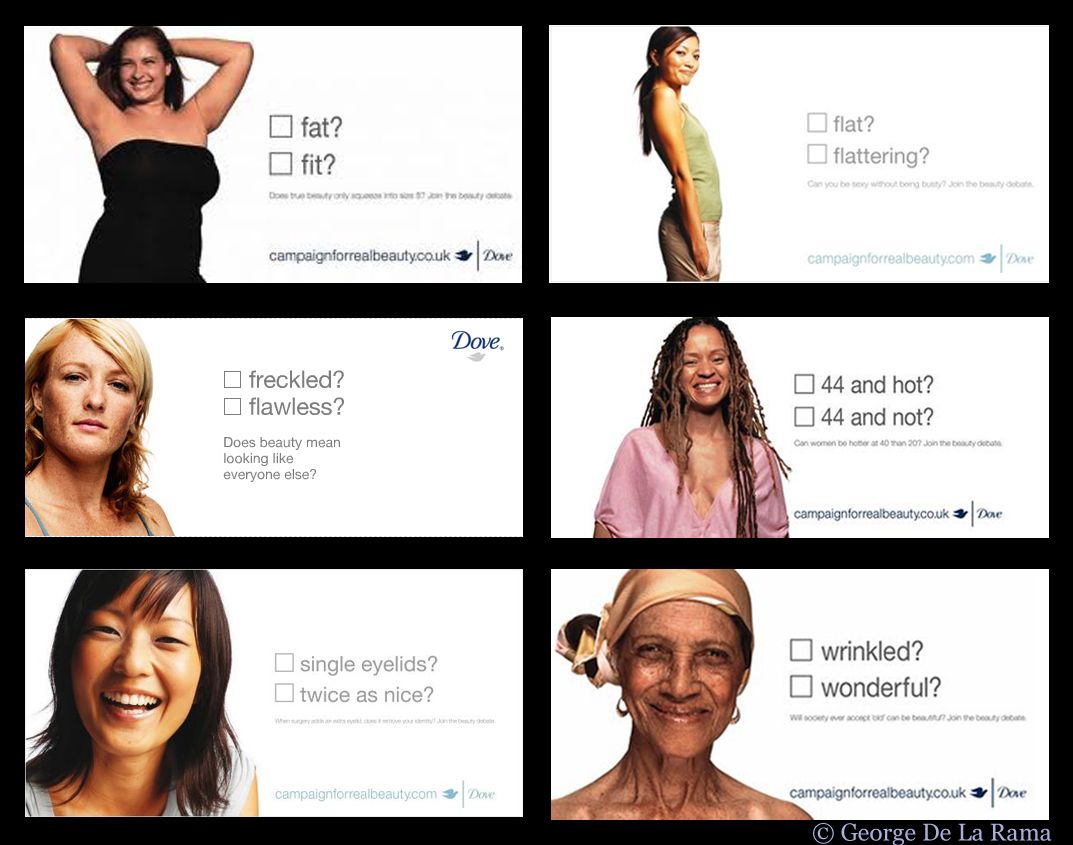
McDonald’s
I’m lovin’ it.
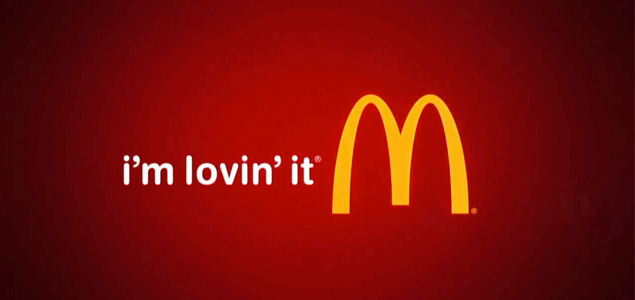
Brand Essence: The Structure
Of course, it is also interesting to know what the construction of brand essence is. After all, the build-up is necessary to develop a good brand essence. When developing, you must also ask yourself where you stand as a brand and what your raison d’être is.
The origin
To start building brand essence you will have to start at the beginning. You will have to ask yourself why people started with a certain brand. You could ask this question to the founders of a brand or company. You could also explore it by asking questions of those who may not be involved in the organization anymore, but were there in the beginning.
Among other things, you want to find out if the business was started from a particular need. In doing so, find out if there was a demand for a specific product or service. By getting these questions answered, you can already find out a lot about the organization. Based on this you can work on your brand essence and thereby brand positioning.
What you believe in
You should further examine what you stand for as a brand and what you do not stand for. In doing so, you should consider how your brand connects to the need that exists among potential customers.
The magic happens when your brand’s qualities and unique attributes overlap with the customer’s needs.
So it’s all about responding to the needs of the market and therefore your customers so that they have faith in your brand and maintain it.
Providing value
In formulating your brand essence, you also need to consider what value you have to offer as a company and what sets you apart from the others. This will obviously start with getting the brand values in focus. What makes your brand unique can determine the creation of customer connections. You’ll find that connections are always established at this level.
4 Main Categories of Brand Values
In general, you can divide brands into four main categories based on values.
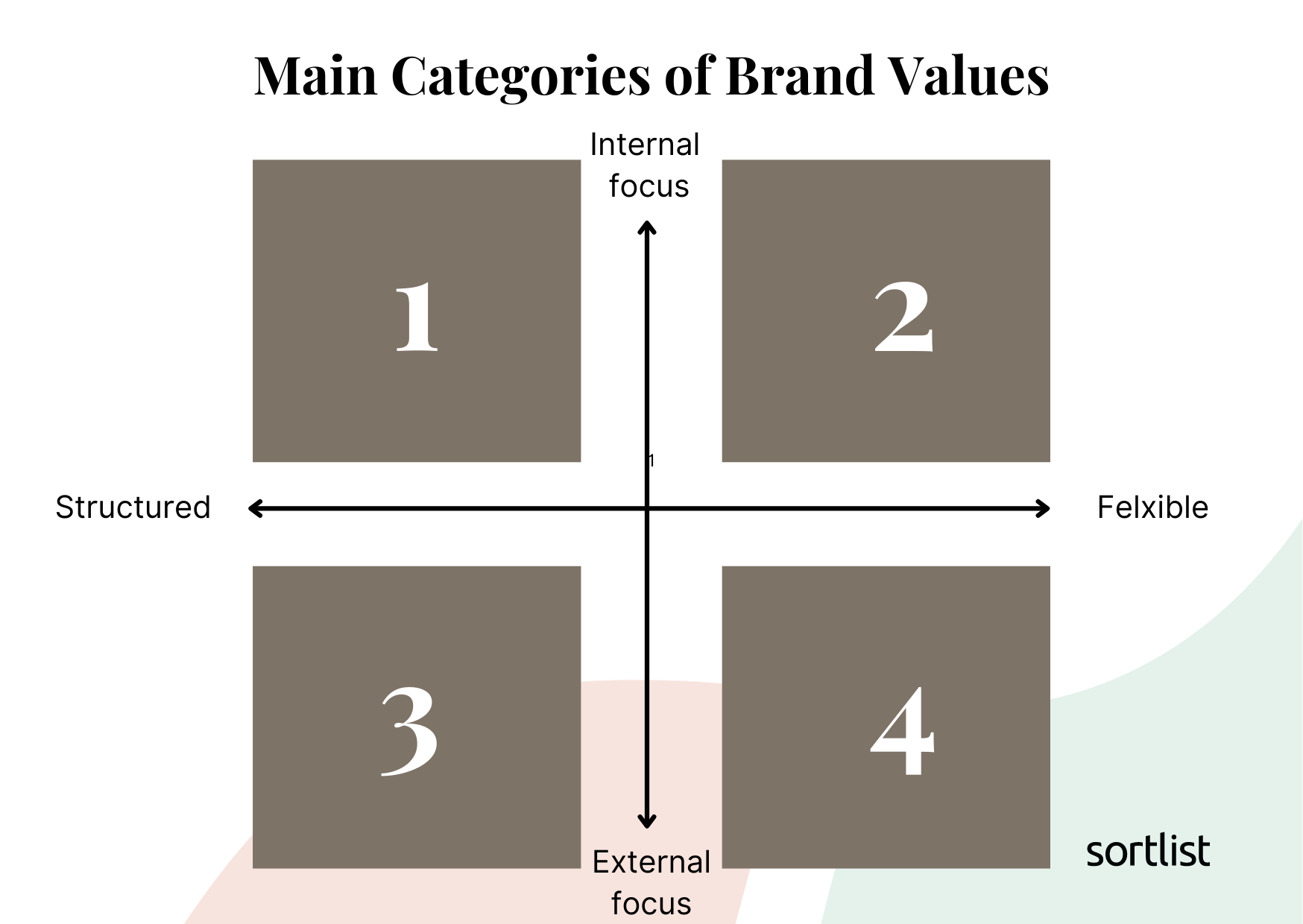
1. Internally oriented & structured.
There are brands that are, for example, goal-oriented and very ambitious. These are brands that want to be the best within the industry. It is also possible that those brands are focused on becoming the market leader in a country or within the region. So it is about brands with a lot of knowledge and experience. It is mainly about brands that continue to challenge themselves and always try to innovate.
2. Internally oriented & flexible
There are also brands that can be creative. You can especially think of brands that are charged with improving the future, also known as the discoverers. There are curious brands who believe that the world has much more to offer, and therefore much more is possible. These brands will mostly break existing conventions and try to wake up and challenge markets.
3. External focus & structured
There are also brands where trust, optimism, and loyalty are important. These are brands that are there for everyone. You can think of down-to-earth brands with two feet firmly on the ground as well as brands that are always there for their customers.
4. Externally oriented & flexible
The fourth category of brands is more about passionate brands where fun plays a major role. You can think of brands that, for example, place a high value on connectedness. You can also think of brands that respond to customer challenges and are happy to lend a helping hand. You can also think of energetic brands that are at the heart of society.
Brand Essence: Summarized for You in the… Essence?
Brand essence is mainly about the overlap between the value of your brand for customers, the belief in your brand, and the origin of your brand. In fact, these three aspects make up the essence of your brand. So it’s important to know exactly what your brand stands for, what your brand values are, and what added value your brand has for customers.





